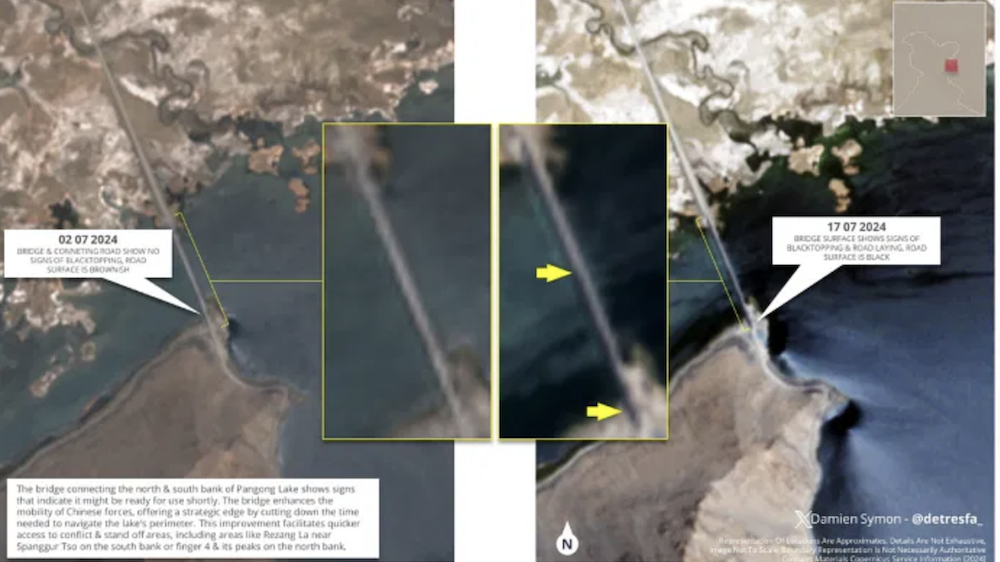By Tendar Tsering
DHARAMSHALA, April 24: Details about a voice message recorded by Choephag Kyab and Sonam before their self-immolation protest have emerged in exile.
The voice message, recorded in a cell phone, is reportedly being widely circulated in the Zamthang region of Ngaba, the place of the twin self-immolation protests.
“According to information that I received from Tibet minutes back, Choephag Kyab and Sonam have left a voice message recorded before burning themselves to death on April 19,” Tsangyang Gyatso, an exile Tibetan with close contacts in the region told Phayul.
In their last message addressed to all Tibetans, Choephag Kyab and Sonam have reportedly said that their actions were for the “protection of the Buddha Dharma” in Tibet and for the “restoration of Tibet’s freedom.” They specified that their actions “were not for personal glory.”
The two have also urged the locals to “avoid fighting among themselves” and pleaded for “unity among Tibetans.”
“The message is being circulated widely in the region and Tibetans in the Zamthang area have been deeply moved by the message,” Gyatso said.
“As a direct consequence of the appeal to stop infighting, Tibetans in the region gathered in front of the Zamthang monastery yesterday and burned all their weapons,” Gyasto told Phayul. “The gathered Tibetans pledged not to fight among themselves and adhere to the principles of non-violence and truth.”
The two cousins, both in their early 20s, torched themselves at around 1 pm (local time) on April 19 in an apparent protest against China’s continued occupation of Tibet.
They carried out their fiery protest close to a local government office in Barma township near Jonang Zamthang Gonchen monastery in Zamthang (Ch: Rangtang) county, in the distraught Ngaba region, the nerve centre of the ongoing wave of self-immolations in Tibet.
Local Tibetans gathered in large numbers at the site of the protest to protect them from being carried away by Chinese security personnel and carried the bodies to the Zamthang monastery.
Later at around mid night, following pressure from the local Chinese authorities, they were cremated near the monastery.
Around 6000 Tibetans from around the region attended the funeral according to Gyatso.
The continuing wave of Tibetan self-immolations has witnessed 36 Tibetans set their bodies on fire, since 2009, demanding the return of His Holiness the Dalai Lama from exile and freedom in Tibet.
There have been other instances in which Tibetan self-immolators have left their last messages.
Sopa Rinpoche, a respected spiritual figure who passed away in his fiery protest in Golog on January 8 stated: “I am giving away my body as an offering of light to chase away the darkness. I am taking this action neither for myself nor to fulfill a personal desire nor to earn an honour. I am sacrificing my body with the firm conviction and a pure heart just as the Buddha bravely gave his body to a hungry tigress (to stop her from eating her cubs).”
Jamphel Yeshi, the 26-year old Tibetan who set himself on fire in New Delhi on March 26, in his last written statement said: “What I want to convey here is the concern of the six million Tibetans. At a time when we are making our final move toward our goal – if you have money, it is the time to spend it; if you are educated it is the time to produce results; if you have control over your life, I think the day has come to sacrifice your life. The fact that Tibetan people are setting themselves on fire in this 21st century is to let the world know about their suffering, and to tell the world about the denial of basic human rights. If you have any empathy, stand up for the Tibetan people.”









